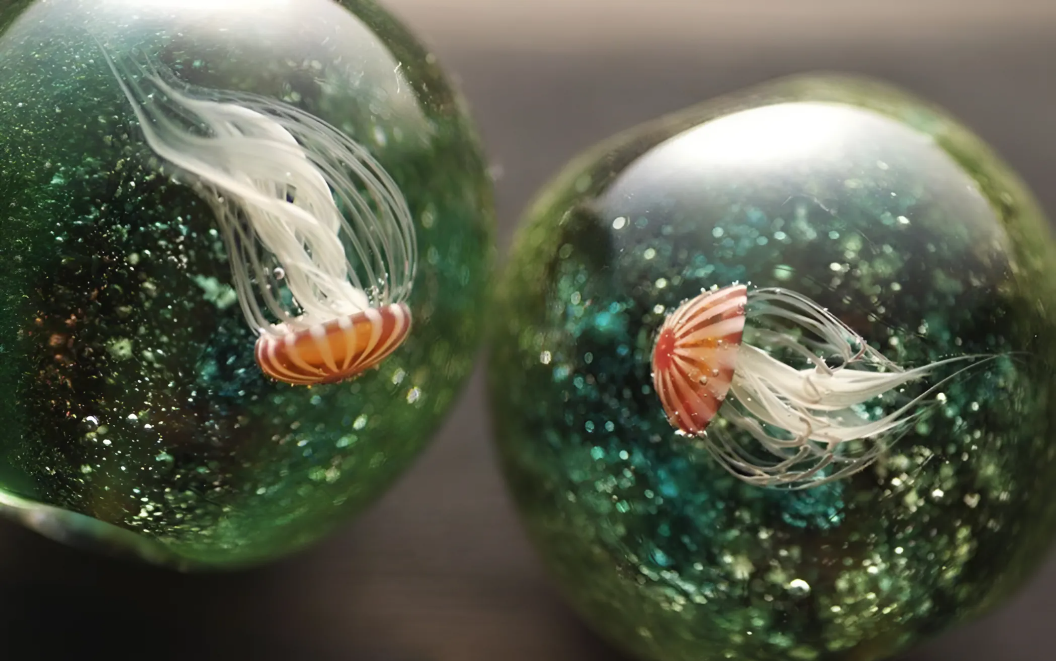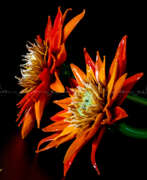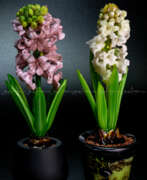Lampworking

Lampworking
Lampworking is a fascinating technique of glasswork where an open flame torch is used to melt glass, which is then shaped using tools and hand movements. This method, also known as flameworking, has a rich history that spans several centuries. Originating from ancient times, lampworking gained prominence during the Renaissance and has evolved into a sophisticated art form practiced worldwide today.
In lampworking, glass rods or tubes are heated until they become pliable. Artists then manipulate the molten glass to create intricate beads, sculptures, and various decorative items. The tools commonly used include torches, paddles, and tweezers, with modern equipment often utilizing propane and oxygen to achieve the necessary temperatures.
One of the key advantages of lampworking is its versatility. Unlike traditional glassblowing, which requires a furnace, lampworking can be done with a bench-mounted torch, making it accessible for smaller studios and home artists. This technique allows for detailed and delicate work, such as creating miniature sculptures and highly detailed jewelry.
Prominent lampworking artists include Lucio Bubacco from Murano, Italy, known for his intricate glass sculptures, and Kurt Wallstab from Germany, celebrated for his montage vessels. Their works, along with others, are often showcased in art galleries and museums, highlighting the artistic potential of this technique.
For those interested in exploring lampworking, investing in quality tools and materials is essential. Many resources are available, including classes and online communities, where beginners can learn and share their experiences.
Stay updated with the latest in lampworking art by signing up for our newsletter. Get alerts on new product sales and auction events related to lampworking.
| Country: | Ancient Rome, Europe |
|---|---|
| Start of the period: | V century BC |



